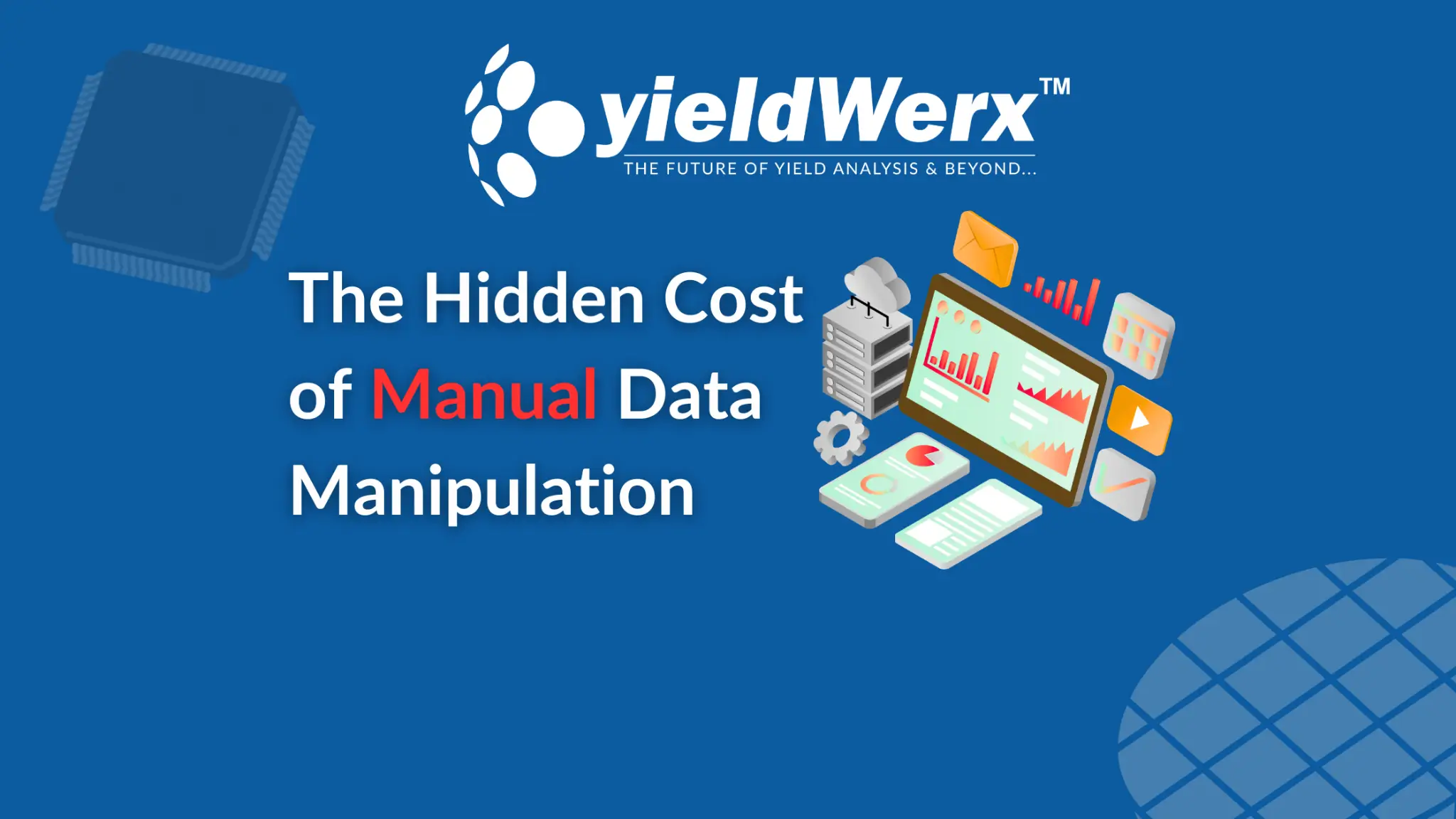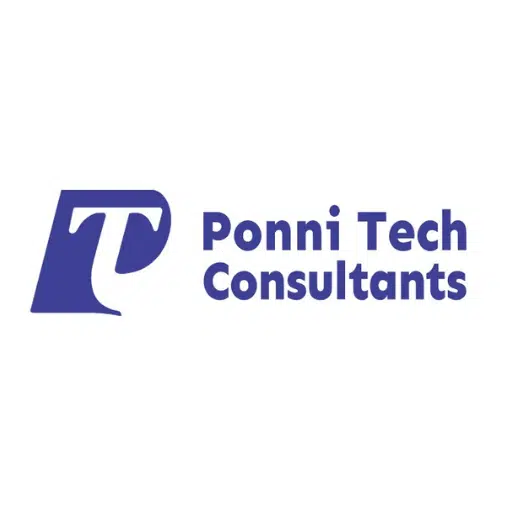n semiconductor manufacturing, the First Pass Yield (FPY) concept emerges as a critical indicator, mirroring the precision and operational prowess intrinsic to this field. This metric does more than just quantify; it encapsulates the dedication and precision embedded in the manufacturing process, marking the percentage of units flawlessly produced in their first iteration.
Interpreting FPY complexities transcends superficial analysis, demanding an immersion into the core of manufacturing. It’s a narrative shaped by many factors, from the reliability of equipment to the proficiency of the workforce and the integrity of material quality. Where precision is valued and vital, the quest to optimize FPY reflects an organization’s dedication to setting benchmarks in quality and operational efficiency, marking a commitment to not just meet but redefine industry standards.
Understanding First Pass Yield
First Pass Yield (FPY) in semiconductor manufacturing represents the percentage of products that meet quality and compliance standards on the first attempt without the need for rework or modification. Accurately being able to calculate first-pass yield offers an immediate and clear measure of production efficiency. It serves not just as a numerical indicator but as a reflection of the effectiveness and precision of manufacturing practices. Calculating FPY sheds light on the operational health of production lines, acting as an indicator of both quality and efficiency.
The importance of FPY stretches beyond a mere figure on a spreadsheet. It directly impacts cost management, production timelines, and resource utilization. High FPY rates indicate an efficient process where waste is minimized and productivity peaks. This explains why a deep understanding and consistent improvement of FPY is crucial. Mastering how to calculate first-pass yield guarantees manufacturers have the insights necessary to drive improvements, promoting a culture prioritizing constant development and excellence.
Differences Between FPY and Other Yield Metrics
FPY is distinct from other yield metrics in the manufacturing sector. While metrics like throughput yield or overall yield may account for the final product regardless of the number of fixes or rework, FPY strictly focuses on the efficiency of the initial production run. This emphasis makes FPY a stringent and revealing metric, exposing the actual efficiency of the production process before any corrective actions.
It uniquely pinpoints specific stages in the manufacturing process that might be susceptible to inefficiency. Other metrics might offer a broader perspective, but FPY delves into the details of the first production attempt, providing detailed insights and highlighting immediate areas for improvement. Use a first-pass yield calculator to transform data into insights, optimize manufacturing, and boost quality.
The Formula for Calculating First Pass Yield
Calculating First Pass Yield (FPY) helps in understanding the efficiency of a manufacturing process. To correctly calculate first-pass yield, one must focus on the proportion of products that meet quality standards without rework against the total products in a batch. Follow this step-by-step guide to compute your FPY accurately:
Step 1: Identify Total Production
Begin by pinpointing the exact number of units produced in a given batch within your manufacturing process.
Step 2: Count Defect-Free Units
Next, determine the count of units successfully produced without defects or need for rework on the first attempt.
Step 3: Implement the FPY Formula
Employ the first pass yield calculation formula:
FPY=(Defect-Free Units/Total Units Produced)×500
This calculation will deliver FPY as a percentage. You can opt for a first-pass yield calculator to simplify the calculation and increase accuracy. These tools automate the FPY formula application, minimizing human error.
Common Misconceptions and Pitfalls in FPY Calculation
Despite the apparent simplicity of the FPY calculation, certain misconceptions and pitfalls must be acknowledged and avoided to get accurate outcomes.
Simplifying Complex Processes
A frequent mistake is overlooking the process’s inherent complexity. FPY should be reflective of every critical stage in manufacturing. Failing to recognize the depth of each stage can lead to an overestimated FPY, painting a misleading picture of efficiency.
Inconsistent Definition of Defect-Free Units
Clear and consistent criteria for defining defect-free units are vital. Without this, FPY calculations can become inconsistent, leading to unreliable data for performance tracking.
Ignoring Rework’s Influence
The presence of rework can substantially skew FPY accuracy. It’s important to guarantee that units that have been reworked are not mistakenly counted as defect-free in the initial batch.
Data Interpretation Challenges
The value of data lies in its interpretation. Misreading the data obtained from the first-pass yield calculation formula can lead to incorrect strategic decisions. Adopt a precise FPY strategy to improve manufacturing efficiency, focusing on thorough process analysis and striving for excellence.
Key Factors Influencing First Pass Yield
High First Pass Yield is achieved through accurate equipment performance and ongoing monitoring, ensuring the production meets quality standards. Operator skills and continuous education are paramount, as their adeptness directly influences manufacturing efficiency and output quality. Finally, the caliber of input materials and effective supplier management lay the foundational elements for an error-free production cycle, significantly impacting FPY.
Equipment Performance and Real-time Monitoring:
The caliber of equipment and its continuous monitoring are important in securing an optimal First Pass Yield (FPY). Advanced, well-maintained machinery sets the foundation for manufacturing without defects and inaccuracies. Routine maintenance and checks are indispensable to prevent disruptions in production that could detract from FPY.
Pairing equipment maintenance with real-time monitoring transforms the production environment. Implementing sophisticated sensors and tracking systems provides instant insights into equipment behavior. This level of oversight allows for the immediate identification and correction of anomalies.
The Role of Operator Skill and Training Programs
Skilled operators greatly improve First Pass Yield by ensuring quality. Training helps them understand machinery and anticipate issues, keeping production to high standards. With the right knowledge and skills, they can efficiently manage and improve operations.
Quality of Materials and Supplier Management
The foundation of high FPY also lies in the quality of the raw materials used in production. Superior manufacturing processes cannot compensate for materials that don’t meet the required standards. Ensuring the quality of these materials involves stringent checks and a rigorous process for selecting suppliers.
Effective management of suppliers is about nurturing relationships built on a mutual understanding of quality. Regular audits and open communication channels are essential in upholding these standards and assuring prompt responses to quality discrepancies. A supplier management system secures a consistent supply of quality materials and contributes to a more efficient and predictable production process, positively influencing FPY.
Strategies to Improve First Pass Yield
Root cause analysis is critical in advancing First Pass Yield. This technique involves an in-depth investigation into the production line to locate the fundamental reasons for defects. Addressing these primary causes with targeted interventions mitigates recurrence, directly lifting the FPY. Precise comprehension of each stage in the production is vital for accurate root cause analysis, marking it as an essential strategy in FPY improvement.
Incorporating Lean and Six Sigma methodologies offers a structured approach to diminish waste and decrease variability in manufacturing practices. These methods improve operations and efficiency. Consistent application of these principles nurtures a culture of ongoing enhancement, steering processes towards improved operational excellence and improved FPY.
Continuous improvement and innovation are key to maintaining and increasing First Pass Yield through ongoing process evaluation and enhancement.
Technology Integration for FPY Improvement
Implementing Statistical Process Control (SPC) software in manufacturing operations can markedly influence FPY. This technology facilitates real-time monitoring and analysis of production data, helping promptly identify trends and potential issues. Employing SPC software enables informed, data-driven decisions, refines the production process, and augments FPY.
Benefits of Production Monitoring Systems
Utilizing production monitoring systems provides numerous benefits by offering continuous surveillance of manufacturing activities. These systems supply vital insights for well-informed decision-making, preserving optimal production conditions and thus positively impacting FPY.
Integrating IoT sensors for instantaneous data acquisition transforms the manufacturing process. These sensors supply a constant data stream regarding equipment performance and process efficiency. Using data to quickly tweak processes helps prevent defects and improves First Pass Yield.
High-resolution Transmission Electron Microscopy (TEM) is significant in semiconductor manufacturing. It offers detailed, microscopic insights for accurate analysis and quality assurance. Such depth in the material examination is invaluable for identifying potential concerns and assuring the production of superior-quality semiconductors, thus positively influencing FPY.
Accurate sample preparation for TEM, alongside the application of advanced metrology, is imperative for precise analysis in semiconductor manufacturing. These detailed processes guarantee the dependability of the collected data and the validity of subsequent analyses. This level of precision in preparation and measurement plays a crucial role in fostering significant enhancements in the manufacturing process, contributing to an increased FPY.
Predictive Analytics and AI in FPY Improvement
Predictive analytics boosts First Pass Yield (FPY) by quickly identifying defects for early correction, reducing waste, and improving efficiency. Artificial intelligence (AI) and machine learning transform semiconductor manufacturing by analyzing data to uncover patterns and optimize processes.
These technologies predict outcomes and drive process improvements, leading to significant FPY gains and marking a shift towards continuous optimization in manufacturing.
yieldWerx’s Role in Optimizing First Pass Yield
yieldWerx’s Automated Data Loading module simplifies the data management process, significantly contributing to the precise calculation of first pass yield. By automating data loading, cleansing, and mapping, the module allows IT engineers to concentrate on establishing business rules crucial for assessing data quality.
This ensures that only clean, accurate, and complete data is utilized in the first-pass yield calculation, enhancing the reliability of the results. The module’s integration with Manufacturing Execution Systems (MES) enables rigorous data validation checks, further solidifying its role in optimizing production processes. With yieldWerx, manufacturers gain a powerful ally in calculating first-pass yield accurately, ensuring data-driven decisions and continuous improvement in manufacturing efficiency.
Conclusion
The precise calculation of first-pass yield is important in the high-stakes environment of semiconductor manufacturing. Employing advanced solutions like yieldWerx’s Automated Data Loading module is not just about leveraging technology but transforming data into a powerful tool for decision-making and process refinement.
This method guarantees that every data point is utilized effectively, contributing to a more insightful and productive manufacturing operation. As you traverse the challenges of the manufacturing sector, adopting such innovative solutions provides your team with essential insights for informed decision-making and propels your manufacturing process toward a future marked by heightened accuracy, quality, and operational excellence.
Frequently Asked Questions (FAQs)
1. What is First Pass Yield, and why is it important in semiconductor manufacturing?
First Pass Yield (FPY) measures the percentage of products that meet quality standards without needing rework on their first pass through manufacturing. It’s crucial in semiconductor manufacturing as it directly impacts productivity, cost efficiency, and time-to-market.
2. How do you calculate first-pass yield in semiconductor manufacturing?
To calculate first pass yield, divide the number of defect-free units by the total units produced in a batch, then multiply by 100. This provides the FPY percentage, a key indicator of manufacturing efficiency.
3. What common mistakes should I avoid when performing a first-pass yield calculation?
Avoid overlooking process complexities, misidentifying defect-free units, neglecting the impact of rework, and misinterpreting data. These can lead to inaccurate FPY calculations and misinformed decisions.
4. Can technology improve the accuracy of first-pass yield calculations?
Yes, implementing solutions like yieldWerx’s Automated Data Loading module can significantly enhance data accuracy and streamline the process of calculating first-pass yield.
5. How can Lean and Six Sigma methodologies improve First Pass Yield?
Lean and Six Sigma methodologies focus on minimizing waste and reducing process variability. Implementing these can streamline operations, improve efficiency, and increase First Pass Yield.
6. What role do IoT sensors play in improving first-pass yield?
IoT sensors provide real-time data on equipment performance and process conditions, enabling immediate adjustments and proactive defect management, which are vital for improving First Pass Yield.
7. Why is the quality of materials and supplier management crucial for First Pass Yield?
High-quality materials and effective supplier management ensure the manufacturing process starts with the best inputs, reducing potential defects and enhancing the first-pass yield.
8. What is the significance of automated data loading in first-pass yield improvement?
Automated data loading ensures accurate and efficient data handling, reducing errors and providing reliable data for FPY calculations and process optimization.
9. How do predictive analytics and AI contribute to First Pass Yield improvement?
Predictive analytics and AI can forecast defects and process inefficiencies, allowing for preemptive adjustments. This proactive approach is key to maintaining high first-pass yield rates.




